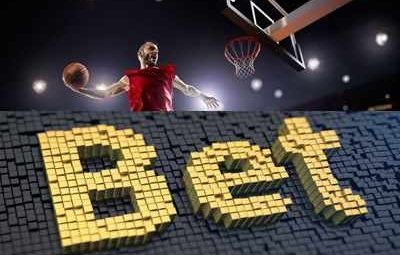Reel configurations, symbol distributions, and mechanical structures determine mathematical probabilities that govern winning frequencies and payout patterns. Traditional three-reel mechanics operate differently from five-reel systems that dominate modern gaming catalogues. online pokies australia employ various reel structures affecting how often combinations form and what players can realistically expect from extended sessions. Virtual reel technology, weighted symbols, and payline structures create winning odds that appearances frequently misrepresent to casual observers unfamiliar with underlying mathematics.
Symbol distribution patterns
Symbol placement across reel strips determines combination probabilities that visual displays often misrepresent deliberately. Weighted reels assign different appearance frequencies to symbols despite equal visual representation. High-paying symbols appear less frequently than low-value icons, creating odds that reel displays don’t communicate clearly. Virtual reel strips extend far beyond visible positions, hiding true symbol ratios from player observation. Distribution manipulation makes rare combinations seem closer than mathematics allows through near-miss positioning.
Payline configuration structures
Multiple payline systems multiply winning opportunities while dividing payout values across additional combinations simultaneously. Win frequency increases with more paylines while individual win sizes decrease proportionally. Payline patterns determine which symbol arrangements qualify as wins versus meaningless alignments. Complex payline structures obscure true winning probabilities through visual complexity that casual observation cannot decipher. Fixed paylines versus selectable lines affect both hit frequency and total stake requirements per spin.
- Payline quantity increases hit frequency through additional winning pattern recognition across identical reel outcomes
- Pattern complexity affects perceived versus actual winning chances when intricate paylines confuse probability assessment
- Adjustable paylines allow stake control but reduce winning opportunities when fewer lines are activated
- Fixed payline systems remove player choice while ensuring maximum winning potential from every spin outcome
Reel independence mechanics
Each reel position generates independently, preventing previous outcomes from influencing subsequent symbol placements. Perceived patterns across spins reflect random clustering rather than causal relationships between sequential results. Reel stop positions occur through random number generation that ignores all previous spin history completely. Independence ensures fairness while creating streaks that appear patterned despite purely random generation. Near-miss positioning on individual reels doesn’t indicate “almost winning” because each position is determined independently.
Weighted symbol probabilities
Visual symbol quantities misrepresent actual appearance odds when weighted systems assign different selection probabilities. Jackpot symbols might appear once per reel strip visually, but get selected far less frequently through probability weights. High-value symbols receive lower selection probabilities despite equal physical presence on displayed reels. Weighting creates house edges while maintaining visual fairness illusions through equal symbol representation. Players cannot assess true odds through reel observation when weighing the mathematical reality.
- Visual representation shows equal symbol quantities, while programming weights favour certain icons dramatically
- High-paying symbols receive fractional appearance rates compared to common icons despite similar reel presence
- Weighting enables house edge control while maintaining attractive visual displays that suggest better odds
- Mathematical modelling determines the actual probabilities that visible reel strips deliberately obscure from players
Virtual reel strip lengths
Digital reels extend far beyond visible positions, containing hundreds of virtual stops that physical displays never show. Displayed reels represent small portions of extended virtual strips determining actual combination probabilities. Virtual length manipulation allows precise mathematical control while maintaining simple visual presentations. Extended strips enable rare jackpot probabilities impossible with physical reel limitations. Players see compact reels while mathematics operate across extended virtual strips containing vastly more positions.
Reel mechanics, including symbol distribution, payline structures, reel independence, weighted probabilities, and virtual strip lengths, determine actual winning odds that displays often misrepresented. Visual appearances suggest fairness and probability that underlying mathematics contradicts through weighted selections and extended virtual reels. Understanding mechanical realities versus visual presentations reveals why perceived winning chances often exceed mathematical reality substantially.








